Circus arts: Performers hope to raise image
 Spotted by Christy Gorigoitia, standing, and Marisa Diamond, Marci Diamond walks on her hands toward a support column while doing a nose and toes exercise, where only those parts of the body will touch the column. (Chris Bertelsen / Reformer) Monday September 20, 2010
Spotted by Christy Gorigoitia, standing, and Marisa Diamond, Marci Diamond walks on her hands toward a support column while doing a nose and toes exercise, where only those parts of the body will touch the column. (Chris Bertelsen / Reformer) Monday September 20, 2010 By JAIME CONE / Reformer Staff
BRATTLEBORO -- Having a passion for the circus can be lonely at times. Teaching circus arts for a living can be isolating, given the fact that it is such an unusual profession, said many of the circus educators who traveled to Brattleboro last week from all over the country.
So it's understandable that when they got together in the same room for the American Youth Circus Organization's Educator's Conference, the energy and excitement in the air was palpable.
"Everyone is so unique," said Amy Cohen, operations director of the American Youth Circus Organization. "It's just this explosion of energy when you have everyone in the same room, sharing what they know."
This is the second time the conference has come to Brattleboro. New England Center for the Circus Arts hosted the very first year of the gathering in 2005.
The 85 attendees, most of whom are not local, stayed at Brattleboro hotels during the three-day conference.
"It's good for the economic health of our little town," said Serenity Forchion, executive director and co-founder of NECCA. "The catering is local and they ate in our restaurants."
Forchion said it's an honor for NECCA to host the event.
"It's a wonderful opportunity to meet people who are coming in from all over the country," she said.
"Brattleboro is a logical place to hold this conference," she added. "It's a beautiful location, easy to get to by train, plane or automobile, and fast becoming a little mecca for circus artists.
The keynote speaker was Vermont's own Rob Mermin, founder of Circus Smirkus.
Mermin, who lives in Montpelier, spoke about the importance of teaching students of the circus arts about the history a culture of circus in America.
He said it's important to "impart the culture behind the circus" to the current generation of students -- who he said have very little knowledge of the history-- "so that they feel like they belong to the long-established tradition and understand the lifestyle of being a performer, not just the skills."
Mermin himself joined the circus in Europe as a teenager looking for adventure. He said the circus way of life teaches children valuable life lessons.
"They mature very quickly because they learn a hard work ethic and how to live in a community," he said.
Those attending the conference said circus arts are often misunderstood and under-appreciated, and therefore frequently overlooked or discouraged by parents as an extracurricular activity.
Members of the circus community are working to create a better public perception of their trade, and many seminars during conference dealt with the academic side of teaching circus arts.
"Part of the fieldwork being done is research on the circus and the benefits to children," said David Hunt, president of the AYCO board of directors. "We're trying to legitimize the field both to the world and to funders.
"Most grants for the arts go to music, theater and dance, and circus doesn't fall into any one of those," he explained. The circus arts could secure more funding if it was backed by more studies with hard data stating the benefits to students, he said.
According to Hunt, when educators can meet and discuss different teaching methods, it helps them to step back and look outside themselves and the way they were taught skills. They can compare notes, get new information and together determine how to best teach youth.
But the conference wasn't just about teaching methods, facts and figures. It also addressed one of the circus' most notorious issues: Safety.
Several workshops featured circus performers showing off their best-- and potentially most dangerous-- skills in the name of science.
Volunteers were asked on Sunday morning to demonstrate their "big drops," falling from the ceiling to demonstrate the amount of force they generated on the nets that caught them.
"Circus is known for its sort of renegade way of doing things," said Chuck Johnson, chairman of AYCO's safety committee. "We all have different ideas of what's safe, and my job is to codify that.
"Our biggest goal is to create a better perception, safety-wise, and to bring up the next generation of circus performers with a more well-rounded safety appreciation," Johnson said.
Jaime Cone can be reached at jcone@reformer.com or 802-254-2311, ext. 277.
BRATTLEBORO -- Having a passion for the circus can be lonely at times. Teaching circus arts for a living can be isolating, given the fact that it is such an unusual profession, said many of the circus educators who traveled to Brattleboro last week from all over the country.
So it's understandable that when they got together in the same room for the American Youth Circus Organization's Educator's Conference, the energy and excitement in the air was palpable.
"Everyone is so unique," said Amy Cohen, operations director of the American Youth Circus Organization. "It's just this explosion of energy when you have everyone in the same room, sharing what they know."
This is the second time the conference has come to Brattleboro. New England Center for the Circus Arts hosted the very first year of the gathering in 2005.
The 85 attendees, most of whom are not local, stayed at Brattleboro hotels during the three-day conference.
"It's good for the economic health of our little town," said Serenity Forchion, executive director and co-founder of NECCA. "The catering is local and they ate in our restaurants."
Forchion said it's an honor for NECCA to host the event.
"It's a wonderful opportunity to meet people who are coming in from all over the country," she said.
"Brattleboro is a logical place to hold this conference," she added. "It's a beautiful location, easy to get to by train, plane or automobile, and fast becoming a little mecca for circus artists.
The keynote speaker was Vermont's own Rob Mermin, founder of Circus Smirkus.
Mermin, who lives in Montpelier, spoke about the importance of teaching students of the circus arts about the history a culture of circus in America.
He said it's important to "impart the culture behind the circus" to the current generation of students -- who he said have very little knowledge of the history-- "so that they feel like they belong to the long-established tradition and understand the lifestyle of being a performer, not just the skills."
Mermin himself joined the circus in Europe as a teenager looking for adventure. He said the circus way of life teaches children valuable life lessons.
"They mature very quickly because they learn a hard work ethic and how to live in a community," he said.
Those attending the conference said circus arts are often misunderstood and under-appreciated, and therefore frequently overlooked or discouraged by parents as an extracurricular activity.
Members of the circus community are working to create a better public perception of their trade, and many seminars during conference dealt with the academic side of teaching circus arts.
"Part of the fieldwork being done is research on the circus and the benefits to children," said David Hunt, president of the AYCO board of directors. "We're trying to legitimize the field both to the world and to funders.
"Most grants for the arts go to music, theater and dance, and circus doesn't fall into any one of those," he explained. The circus arts could secure more funding if it was backed by more studies with hard data stating the benefits to students, he said.
According to Hunt, when educators can meet and discuss different teaching methods, it helps them to step back and look outside themselves and the way they were taught skills. They can compare notes, get new information and together determine how to best teach youth.
But the conference wasn't just about teaching methods, facts and figures. It also addressed one of the circus' most notorious issues: Safety.
Several workshops featured circus performers showing off their best-- and potentially most dangerous-- skills in the name of science.
Volunteers were asked on Sunday morning to demonstrate their "big drops," falling from the ceiling to demonstrate the amount of force they generated on the nets that caught them.
"Circus is known for its sort of renegade way of doing things," said Chuck Johnson, chairman of AYCO's safety committee. "We all have different ideas of what's safe, and my job is to codify that.
"Our biggest goal is to create a better perception, safety-wise, and to bring up the next generation of circus performers with a more well-rounded safety appreciation," Johnson said.
Jaime Cone can be reached at jcone@reformer.com or 802-254-2311, ext. 277.


























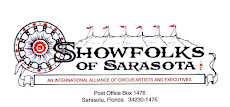
















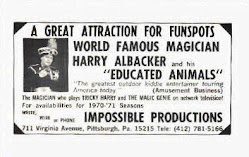

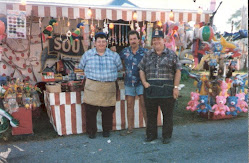




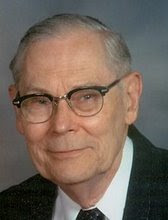
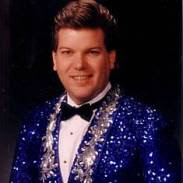






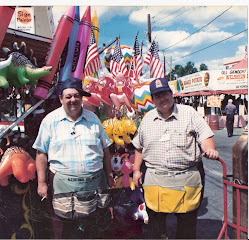
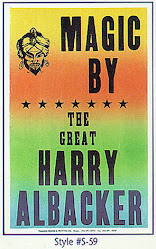















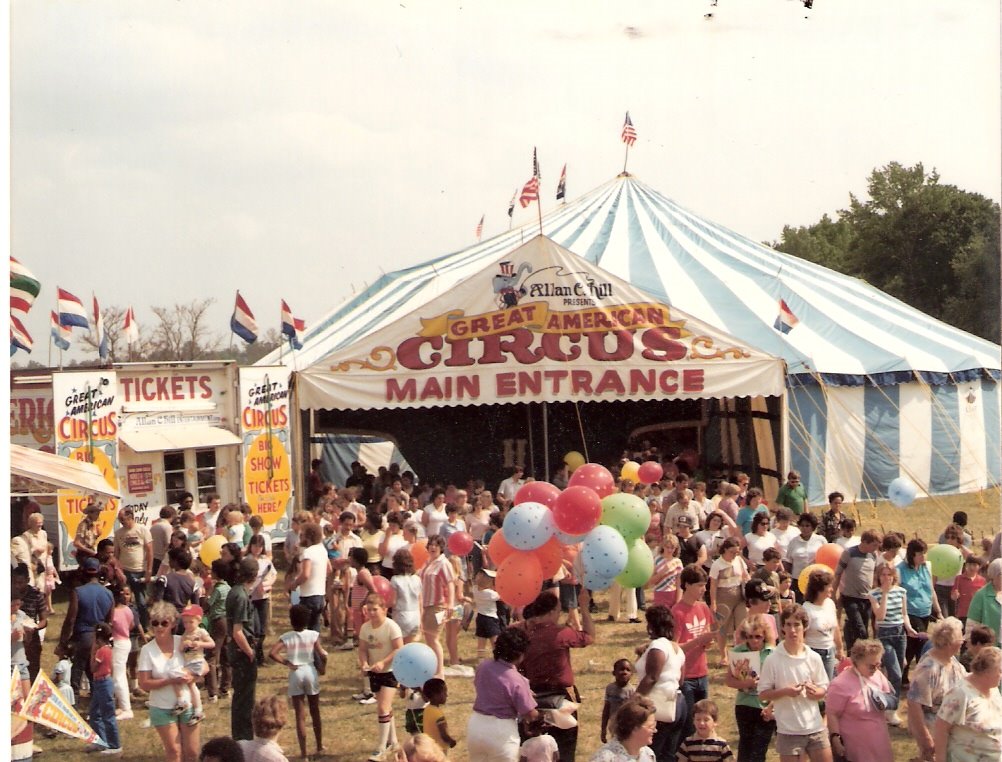









No comments:
Post a Comment